Optimal Seasons for Siding Service
Siding service can be performed effectively during various seasons, but certain times of the year offer optimal conditions. Understanding the best timing ensures quality work and long-lasting results.
Spring offers mild temperatures and longer daylight hours, ideal for siding installation and repairs. Weather conditions are generally stable, reducing delays.
Summer provides warm weather and ample sunlight, but high humidity and heat can affect materials and working conditions. Scheduling in early summer can be beneficial.
Fall features cooler temperatures and less humidity, making it a suitable season for siding projects before winter arrives.
Winter is typically less ideal due to cold temperatures, snow, and ice, which can hinder installation and impact material performance.

A crew installing siding during spring, with clear skies and mild temperatures.
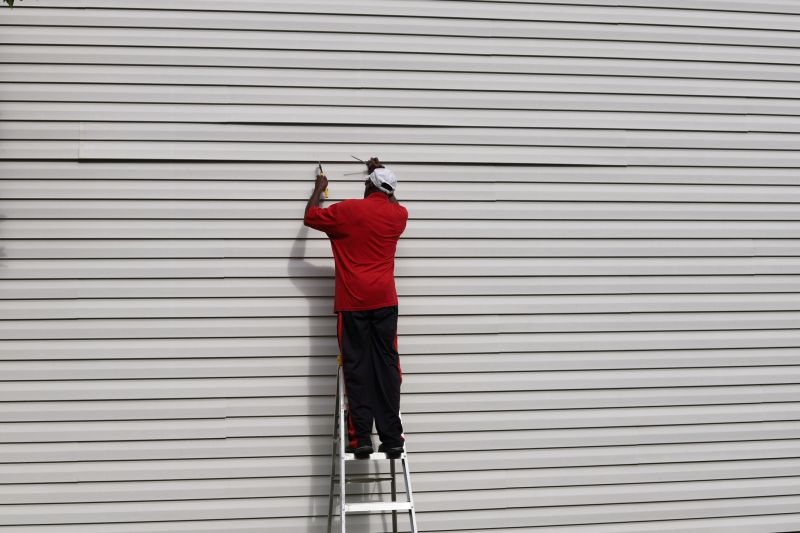
A worker applying siding in warm weather conditions.
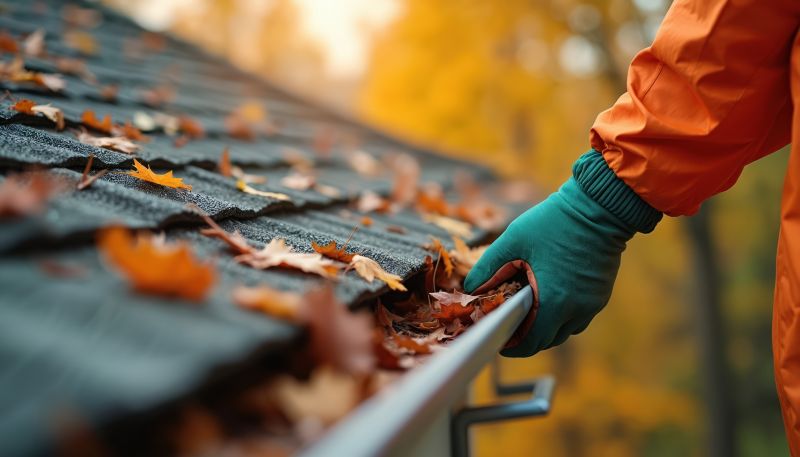
A homeowner inspecting siding during autumn.
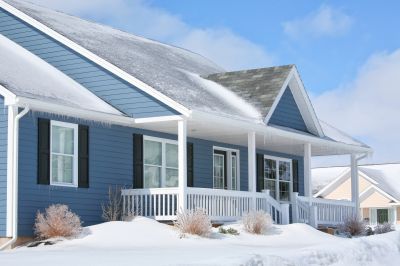
A partially completed siding project with snow in the background.
| Season | Suitability |
|---|---|
| Spring | Highly suitable for siding installation and repairs. |
| Summer | Suitable with caution due to heat and humidity. |
| Fall | Ideal for scheduling siding projects. |
| Winter | Less suitable due to cold and weather conditions. |
Siding service is essential for maintaining the exterior of a property, enhancing curb appeal, and protecting against weather elements. Proper timing can prevent delays and ensure the longevity of siding materials. Seasonal weather patterns influence the quality and durability of siding work, making it important to plan projects accordingly.

Workers installing siding during spring with favorable weather.
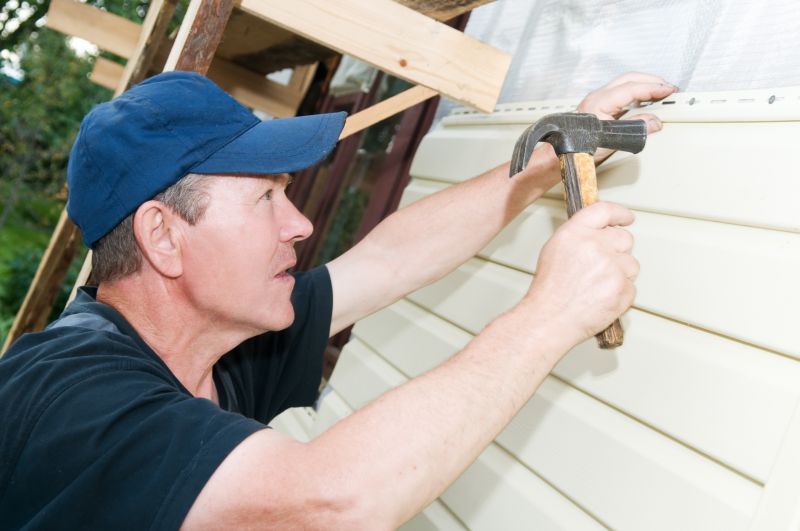
Siding being repaired in warm summer conditions.
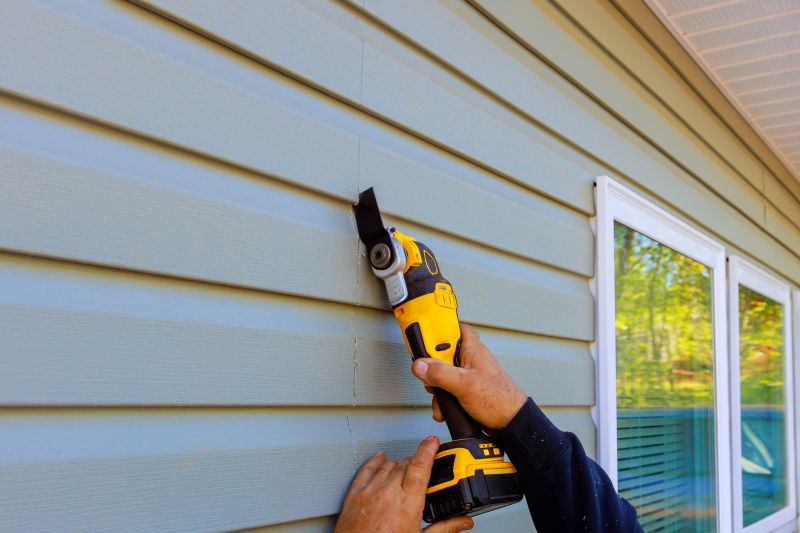
Homeowner inspecting siding during autumn.
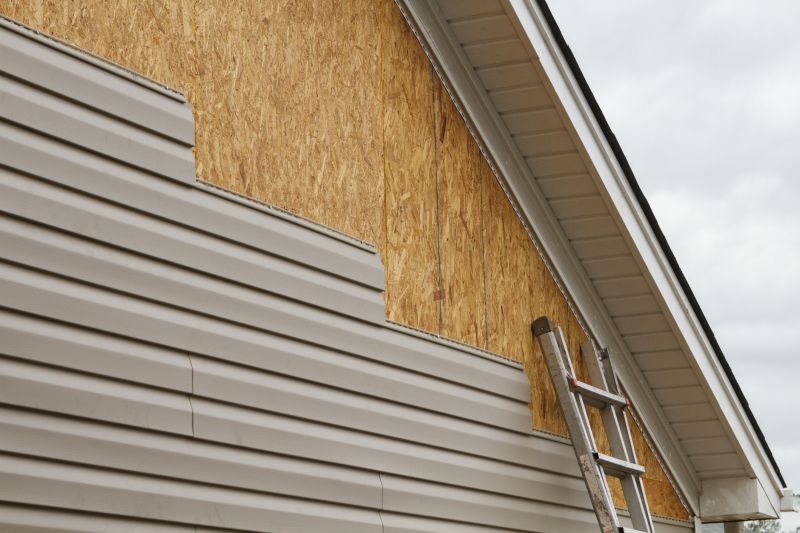
Siding project in progress with winter weather.
Interested property owners in Marysville, OH, can consider scheduling siding services during the most suitable seasons to ensure quality results. Proper timing helps in avoiding weather-related delays and extends the lifespan of siding installations.
Weather influences siding installation by impacting material handling, adhesion, and curing times. Mild, dry conditions are ideal.
While possible, winter installation is generally less favorable due to cold temperatures and potential for snow and ice.
Spring and fall are typically best for siding repairs due to moderate weather conditions.
The duration varies based on project size, but generally ranges from a few days to a couple of weeks.



